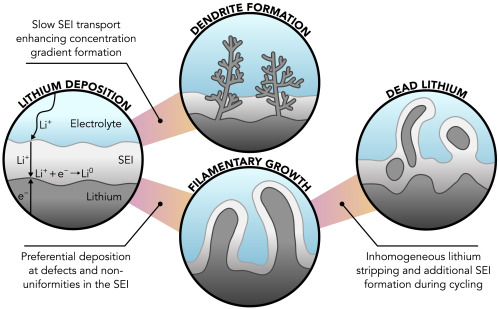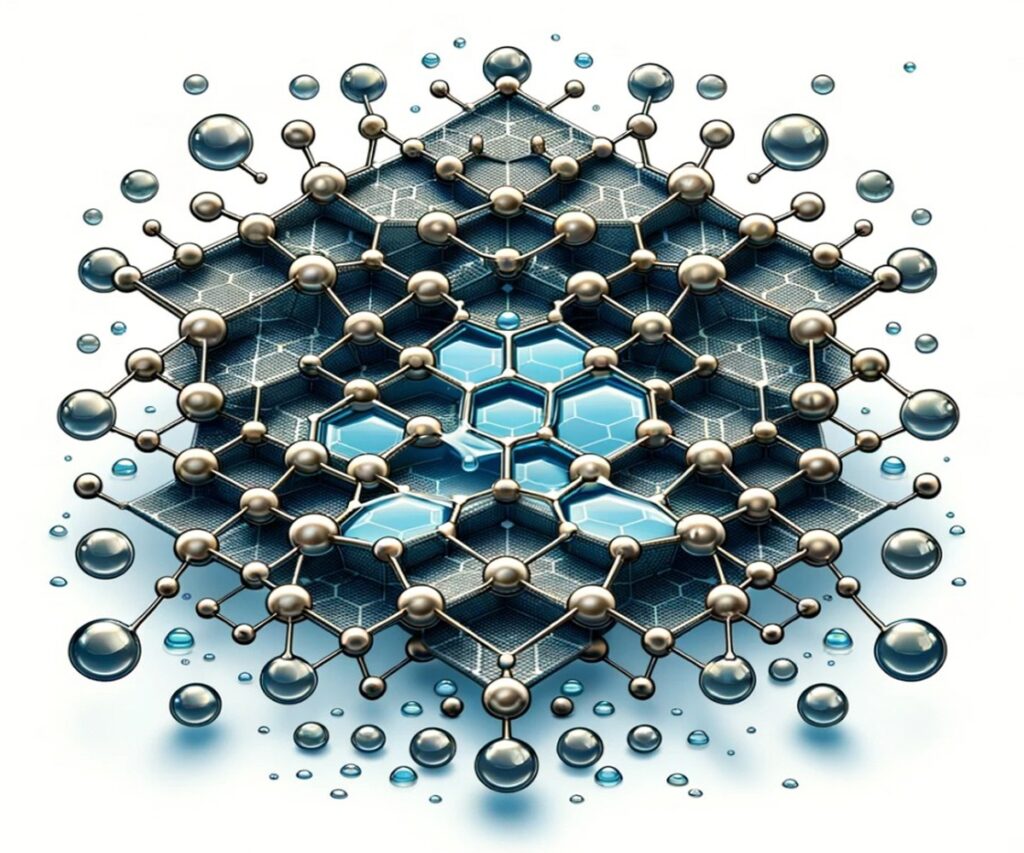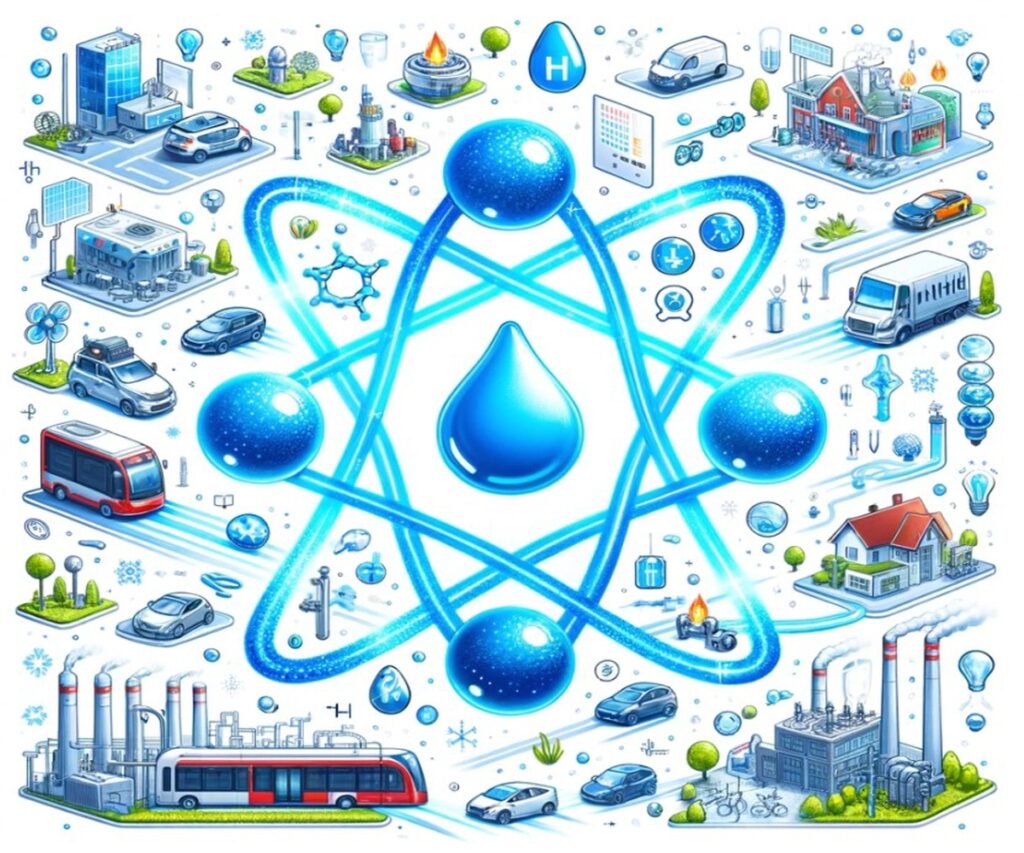
Introduction : Solid Electrolyte Interphase (SEI) in Lithium Metal Battery
Lithium metal batteries (LMB) are attracting attention as a next-generation energy storage solution.
Lithium-ion batteries (LIB), which are currently widely used in electric vehicles, use graphite or silicon as the cathode, but lithium metal batteries use lithium metal as the cathode material. Lithium metal boasts high theoretical specific capacity and low electrode potential, properties that are key to achieving high energy density with high capacity.
In addition, lithium metal batteries have higher fire stability than lithium-ion batteries because they use semi-solid or solid electrolytes, making them promising as next-generation batteries. They are emerging as particularly attractive batteries for applications that require a powerful energy source, such as electric vehicles and portable electronic devices.
However, the commercialization of lithium metal batteries still faces several technological barriers, one of which is particularly important is the role of the solid electrolyte interphase (SEI).
SEI is a thin layer formed between the battery’s cathode and electrolyte. It controls the plating and desorption patterns of lithium and is a key factor in determining the cycling stability of the battery. This interfacial layer is formed due to a reaction between lithium metal and the electrolyte, and has the dual role of blocking electrons while allowing the movement of lithium ions.
However, in lithium metal containing SEI, lithium ions must pass through SEI and be reduced, but as lithium ions are reduced on the surface of SEI, they are electrodeposited into lithium metal and develop into a tree branch called dendrite, causing a short circuit and causing a short circuit in the lithium metal battery. Performance and stability deteriorate.

Due to these characteristics, SEI has a significant impact on the efficiency and lifespan of the battery, and much understanding and research on the structure and composition of SEI is required. However, the structure and properties of SEI are very complex, and accurately understanding and controlling them is one of the key tasks in developing lithium metal batteries. Optimizing the nanostructure, ion transport properties, and mechanical properties of SEI is essential to maximize battery performance and ensure safety. To this end, researchers are exploring the properties of SEI in depth through various experimental approaches and theoretical models.
The mechanical properties of SEI are also an important factor in lithium metal battery performance. The SEI must be robust enough to withstand volume changes that occur during battery cycling and maintain strong adhesion to both the current collector and the lithium metal. To ensure the long-term stability and safety of lithium metal batteries, it is important to develop SEIs with optimal mechanical properties.
SEI affects the rate of movement of lithium ions. In the case of SEI containing many inorganic components, it is difficult to move lithium ions, while in the case of SEI containing many organic components, the movement of lithium ions becomes easier, so a uniform composition of SEI is essential. In addition, when the reaction rate of lithium ions is very high, as lithium ions are depleted on the lithium metal surface, the SEI interface becomes unstable and dendrites are formed, emphasizing the need for a uniform lithium ion rate.
Conclusion
The development of lithium metal batteries and SEI is more than just technological progress, it is an important field of research that can have a positive impact on our society and environment. The commercialization of lithium metal batteries is a task that must be solved, and these efforts toward a sustainable future must continue.
Through this, we will be able to realize more efficient and safer energy storage technologies, which will accelerate the transition to sustainable energy solutions and contribute to environmental protection by reducing carbon emissions.
Source: Jagger, B., & Pasta, M. (2023). Solid electrolyte interphases in lithium metal batteries. Joule, 7(10), 2228-2244.
https://doi.org/10.1016/j.joule.2023.08.007
※ This report is prepared for general information purposes based on data collected by CHEMiFORGE. If you have any questions or need to make a decision regarding the report, please consult with CHEMiFORGE.


